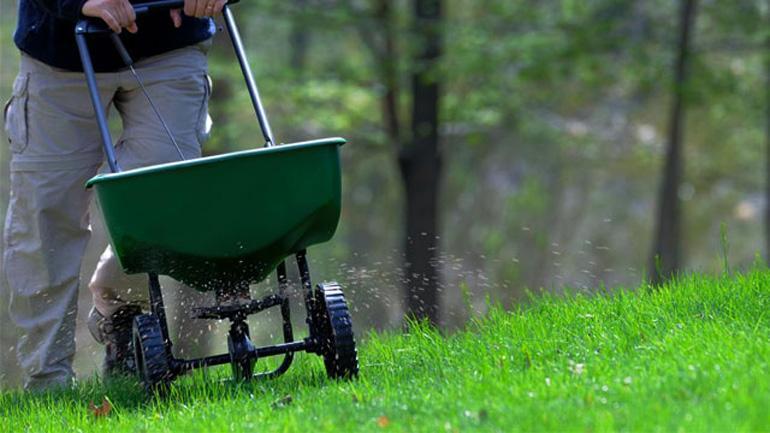
To Overseed Or Not To Overseed, That Is The Question!
What is “overseeding”?
Overseeding…A turf grass management practice in the southern part of the United States which occurs during the fall season, when the bermudagrass used for greens, tee boxes, fairways and roughs begins to go dormant and turns a shade of yellow/gold/brown during the cooler weather. These areas are overseeded with cold temperature tolerant ryegrass each year. This is typically done to allow the courses to stay aesthetically green for winter play.
The challenge is that this is a 6-week or more process that would typically begin in September/October and continue into November, with a subsequent transition period during April and May back to the bermudagrass. During each of these periods, conditions can be unpredictable or even poor, due to:
- Preparing bermudagrass for the overseed process beginning with verticutting and scalping the bermudagrass. This process puts an undue stress on the turfgrass turning it tan/brown in color.
- The subsequent heavy watering to germinate the seed, results in softer, slower greens and persistently soft, wet and muddy fairways. This increases the opportunity for undesirable weeds to infest the turfgrass.
- The wet and soft course conditions delays mowing of the greens, tees and fairways as the ryegrass gets really shaggy until the course is able to firm up before the first mowing. This affects playing conditions dramatically by slowing down the pace of the greens, and roll of the ball in the fairways.
- Cart path restrictions for the use of golf carts during the fall transition period make it less enjoyable for players utilizing the golf courses.
- Transitional complications out of the ryegrass back to bermudagrass during the late spring season causes bare spots in the turfgrass where the bermudagrass has lied dormant for months and hasn’t started to emerge through the soil. In some cases resulting in the resodding of select areas.
Many courses will close for play due to problematic course conditions during the transition, so as to reduce damage to the course, and give the new seed/sod time to grow-in and establish.
In the spring, when the weather begins to warm again, the second period of transition occurs. This happens as the short-lived ryegrass begins to die off, and the bermudagrass begins to emerge from its dormancy during the winter months. In reality, the bermudagrass has been competing for nutrients, water, and sunlight for months which causes thin or bare soil. This repeated annual cycle, in the fall and spring, results in weaker bermudagrass that is more susceptible to disease and weed infestation.
In next week’s blog post, you’ll see why our management decided it best for all of our guests’ interests that we don’t overseed any of the Walt Disney World® Golf facilities. Stay tuned!…






